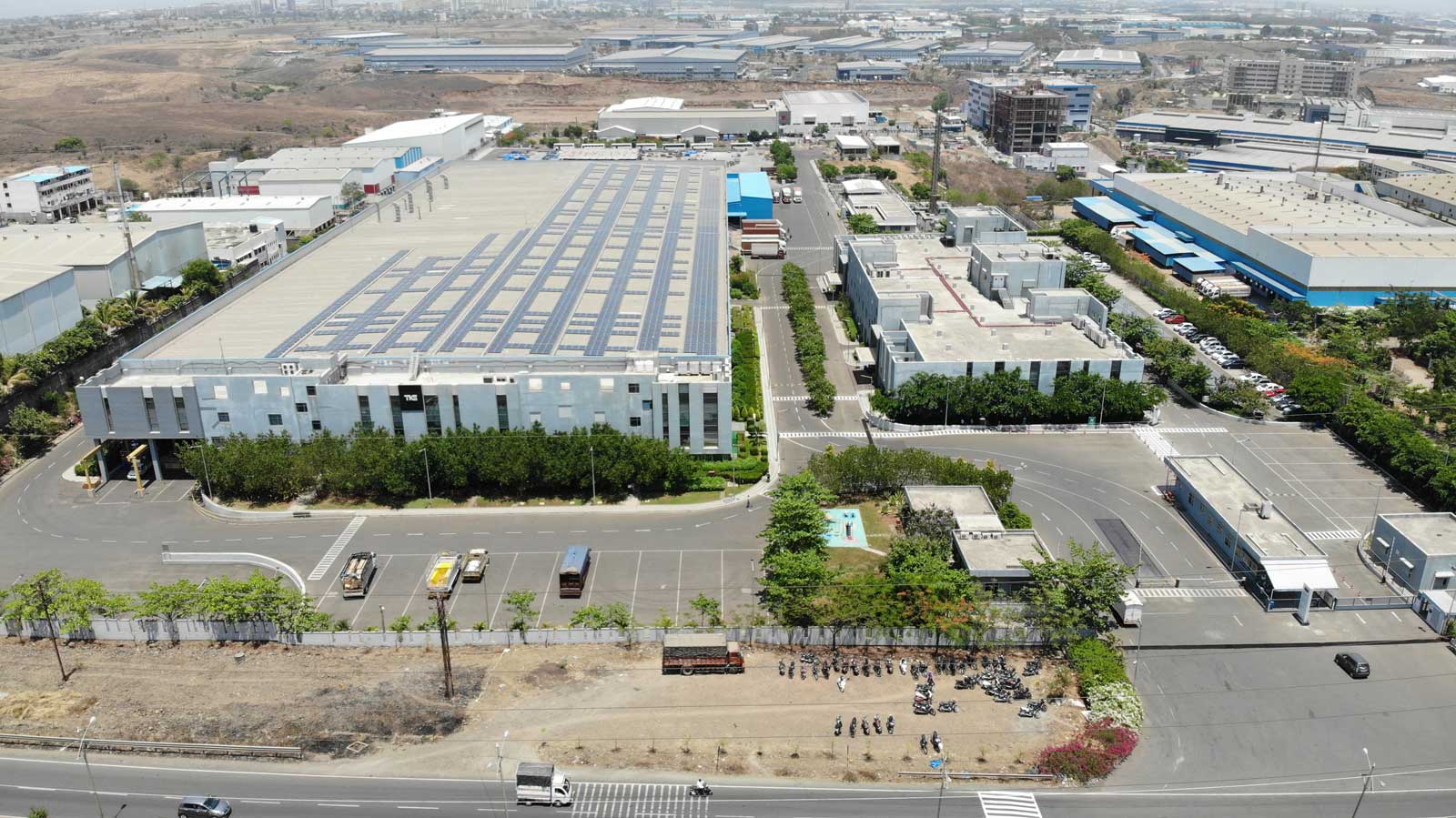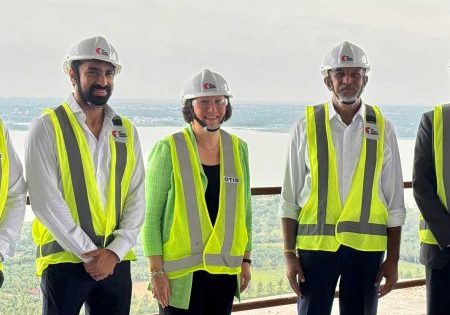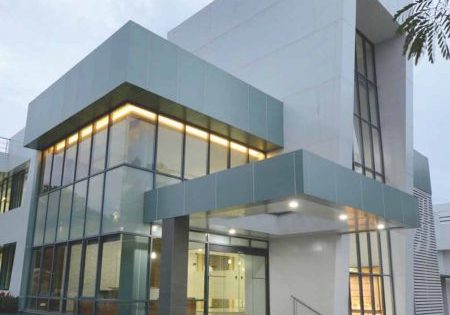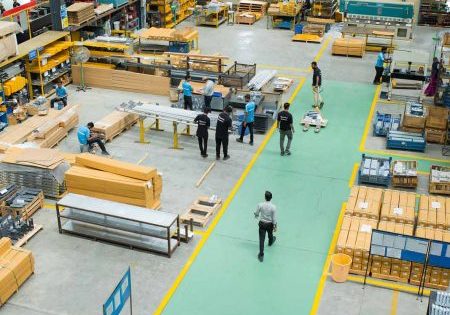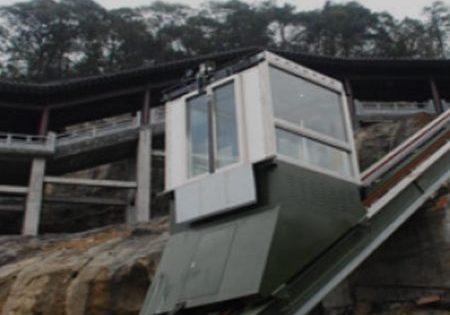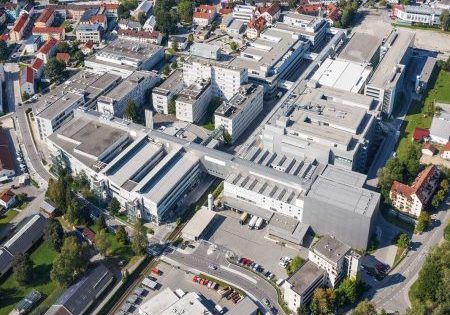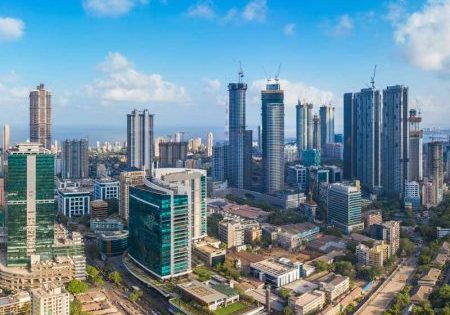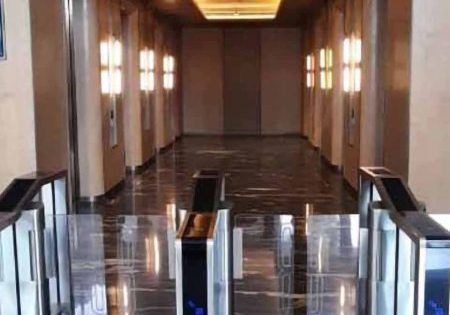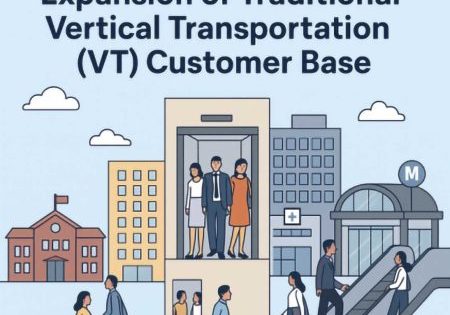TK Elevator India’s CEO and MD Manish Mehan (MM) shares insights with your author (SSP) on key opportunities and notable challenges that implementation of BIS code IS 17900 (Parts 1 & 2) entails and how the brand is preparing for it.
SSP: What opportunities and challenges do implementing the Bureau of Indian Standards (BIS) code for the vertical-transportation (VT) industry (IS 17900 part 1 & part 2) entail? To what extent will the size of the VT industry and statewide implementation affect the process?
MM: The implementation of BIS code IS 17900 (Parts 1 & 2) in the VT industry presents key opportunities and notable challenges. On the positive side, the code aligns Indian lift and escalator systems with international safety standards, enhancing public safety and boosting consumer confidence. It promotes local innovation, supports the “Make in India” initiative and positions Indian manufacturers for greater global competitiveness. With growing urbanization and infrastructure development, especially in Tier-2 and Tier-3 cities, the potential for standardized, safe VT systems is significant.
However, challenges stem from India’s fragmented regulatory landscape. Only a few states have adopted IS 17900, and even fewer actively implement it. Many states lack clear or updated VT regulations, leading to inconsistent safety practices and low awareness among stakeholders. The scale of the industry adds complexity, as uniform compliance across diverse regions is difficult. As a result, states with better infrastructure and enforcement may progress faster, while others fall behind.
In short, while IS 17900 can transform the VT industry, its success depends on wider state-level adoption, consistent enforcement and coordinated efforts across industry and government.
SSP: What key implications are there for leading VT brands such as TK Elevator ? How has TK Elevator prepared to manage this transition?
MM: TK Elevator is pleased to be among early adopters of IS 17900. At TK Elevator, many features mandated by IS 17900 are already integrated into our product designs. Our engineering and service teams are fully aligned with the new requirements, ensuring a seamless compliance. We are ready to guide our customers confidently through this important change, delivering safety, innovation and reliability every step of the way.
SSP: In VT, the customers (primarily real estate developers, infrastructure project managers) and end users (buyers and occupiers, visitors, travelers) are different. How important is it to make customers understand the impact of BIS code adherence on VT prices and why adhering to them is essential from a safety point of view?
MM: In the VT industry, the distinction between customers — mainly real estate developers and infrastructure project managers — and end users — such as buyers, occupants, visitors and travelers — makes communication about BIS code adherence especially important. It is crucial to help customers fully understand how compliance with BIS code IS 17900 impacts the cost structure of VT systems. Adhering to these standards often involves higher upfront investment due to enhanced safety features, better materials, advanced technologies and rigorous testing protocols. Without this clarity, customers might perceive price increases as unnecessary or avoidable costs, potentially leading to pressure on manufacturers to cut corners or settle for lower-quality products.
Equally important is educating customers about why these costs are essential from a safety perspective. BIS codes are designed to protect lives by ensuring elevators, escalators and moving walks meet minimum safety and operational benchmarks — especially during emergencies like power failures, fire incidents or mechanical faults. By understanding that these standards reduce risks of accidents, injuries and legal liabilities, developers and project managers are better equipped to prioritize compliance in their procurement decisions. This, in turn, ensures end users benefit from safer, more reliable VT systems, which enhances the overall value and reputation of a real estate or infrastructure project. Therefore, clear communication that bridges the gap between customers’ cost concerns and the critical importance of safety compliance is vital for widespread acceptance and effective implementation of BIS code in the VT industry.
“Clear communication that bridges the gap between customers’ cost concerns & the critical importance of safety compliance is vital for widespread acceptance & effective implementation of BIS code in the VT industry.”
SSP: What needs to be done further by states across the nation to ensure successful implementation of BIS code to ensure a greater emphasis on safety?
MM: To ensure successful implementation of BIS code IS 17900 across India and strengthen VT safety, states need to take several coordinated actions. First, they should formally adopt BIS code into their local regulations and update their lift and escalator acts to make compliance mandatory. Clear, uniform rules across states will reduce confusion and improve enforcement. Second, states must build capabilities by training inspectors, engineers and installers on the new standards to ensure proper understanding and application. Third, establishing dedicated regulatory bodies or strengthening existing authorities to monitor compliance, conduct regular safety audits and impose penalties for violations is essential. Fourth, creating awareness campaigns targeting developers, manufacturers and end users will help communicate the importance of safety and regulatory adherence. Finally, investing in infrastructure such as certified testing facilities and encouraging technology adoption can support manufacturers and service providers in meeting the code requirements. Together, these steps will create a robust ecosystem that prioritizes safety and drives consistent implementation of BIS standards nationwide.
SSP: There is also scope for a common Pan-India lift act to ensure uniformity and avoid the delays in each state individually adhering to the new BIS code by issuing notifications or amending their existing lift acts. How should the VT industry collectively convey this concept, along with the advantages it offers?
MM: To advocate effectively for a common Pan-India lift act, the VT industry should adopt a unified, clear and solution-oriented communication strategy highlighting the benefits of uniformity and streamlined implementation. Industry bodies, manufacturers and service providers can collaborate to develop a strong consensus and present a collective voice to policymakers.
The message should emphasize how a single national framework would eliminate the current patchwork of state regulations, reducing confusion and compliance costs for manufacturers and developers operating across multiple states. This uniformity would accelerate the adoption of BIS codes like IS 17900, ensuring consistent safety standards nationwide and protecting end users, regardless of location. Additionally, a Pan-India act would simplify enforcement and enable centralized training, inspections and certifications, which could improve regulatory efficiency and reduce delays.
The industry can also point out that such harmonization supports faster infrastructure development, promotes investment and boosts India’s global competitiveness by creating a predictable regulatory environment. By framing a common lift act as a win-win for safety, business growth and consumer confidence, the VT industry can make a compelling case to regulators, lawmakers and stakeholders, encouraging collaborative efforts toward this unified approach. Organizing joint workshops, publishing white papers and engaging with government taskforces would help build momentum and visibility for the initiative.
Get more of Elevator World. Sign up for our free e-newsletter.
